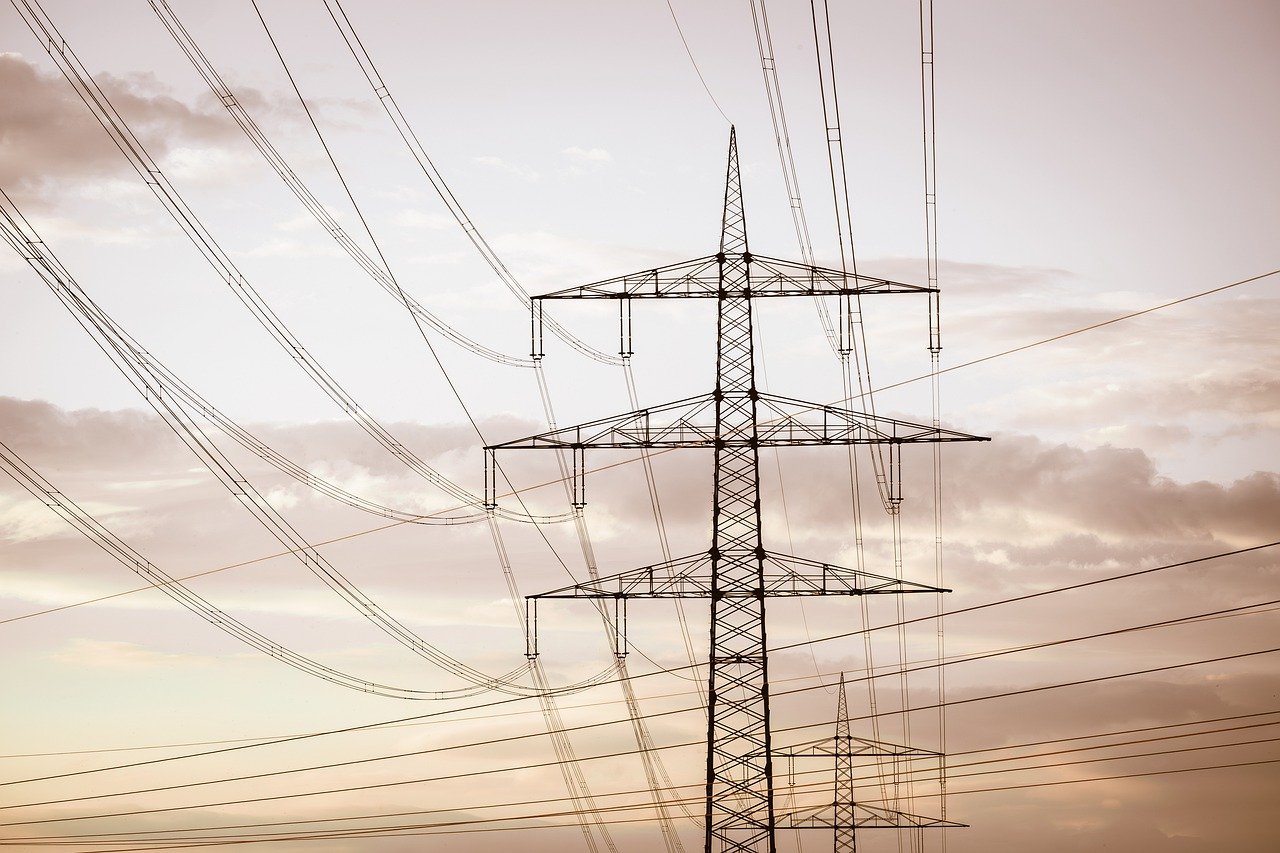
As the world's largest technology companies race to expand their artificial intelligence (AI) and cloud computing businesses, power demand from data centers has soared.
Over the past 20 years, U.S. electricity consumption edged up by less than 0.5% annually, according to Goldman Sachs. Between this year and 2030, however, it's expected to grow at 2.4% a year.
The International Energy Agency (IEA) estimates power demand from data centers globally could top 1,000 terawatt hours by 2026 — double 2022 levels. Microsoft (MSFT) said earlier this year it was opening a new data center every three days.
And Microsoft is just the tip of the iceberg. The amount of data centers under construction in North America's top markets jumped by about 70% compared to a year ago to a record 3.9 gigawatts, according to research from the commercial real estate firm CBRE Group (CBRE). Data centers are measured broadly by the amount of power they use.
In the first half of 2024, more than 500 megawatts of new data centers - roughly equivalent to all of the existing capacity in Silicon Valley - were rolled out in the eight biggest markets in North America, according to CBRE.
In simple terms, some of the numbers that utilities are putting out in terms of electricity demand over the next 10 years are numbers the industry hasn’t seen in a generation.
That’s why - to meet its power needs - the aforementioned Microsoft is the force behind the reopening of Three Mile Island in Pennsylvania.
Three Mile Island to Reopen
One of the site’s two units permanently closed in 1979 after the worst-ever U.S. nuclear accident.
But now, the owner of Three Mile Island - Constellation Energy (CEG) - is planning to reopen the other reactor (Unit 1), which shut in 2019 because it couldn’t compete economically.
The company will invest $1.6 billion to revive it, after agreeing to sell all the output to Microsoft in a 20-year contract. The deal to supply Microsoft with electricity from the 837-megawatt reactor is Constellation’s biggest-ever power purchase deal.
Constellation expects Three Mile Island to go back into service in 2028, with work on restarting it beginning immediately. Even though the Three Mile Island reactor was mothballed in 2019, the equipment is still in good shape. Nevertheless, restarting it will require significant investments in the main transformer, turbine and cooling systems. And of course, the company will have to restaff the facility and gain approval from the Nuclear Regulatory Commission (NRC) to reopen it.
Nuclear’s Powerful Future
This decision by Microsoft is the latest sign of surging interest in the nuclear industry, as power demand from AI soars. More than a dozen reactors went dark over the past decade, thanks to increasing competition from cheaper natural gas (NGV24) and renewable energy. But growing demand for electricity — especially from data centers — has sparked renewed interest in nuclear plants that can provide carbon-free power around the clock.
For instance, earlier this year, Amazon.com's (AMZN) AWS cloud computing division agreed to spend $650 million to acquire a data center campus connected to Talen Energy's (TLN) 40-year-old nuclear power plant on the Susquehanna River in Pennsylvania.
In a move to promote emissions-free power, the Department of Energy is offering several billion dollars in subsidies to nuclear operators to keep open for longer aging plants that had been set for decommissioning.
The push to extend the lives of nuclear facilities comes as warnings grow over the stability of the U.S. power grid.
The North American Electric Reliability Corporation (NERC), a regulatory body, has sharply increased projections for peak power demand for the next decade, reversing steady or falling growth rates from previous years.
Jim Robb, NERC chief executive, earlier in 2024 had stated that projected demand growth over the next 10 years was now nearly double what it was five years ago. He said major upgrades were needed to ensure reliability of the electricity system in the years ahead.
That’s where nuclear comes in. Its ability to provide round-the-clock carbon-free power has pushed it back into the spotlight as the world looks to feed a rapidly growing need for energy because of technologies like AI.
CEG Stock is a Buy
Keep in mind that the U.S. is home to the world’s largest national nuclear fleet of reactors (94), which provides almost a fifth of the country’s electricity supplies. And Constellation Energy operates the largest nuclear fleet in the U.S., with 22,070 megawatts (MW) - 67% of the company’s 2023 owned generation capacity.
After the announcement of this enormous deal, shares of Constellation Energy immediately jumped as much as 22%, the most on record, to an all-time high. Constellation’s market cap has jumped by nearly $15 billion to $80 billion, in response to the deal. Since the spin-off from former parent Exelon (EXC) in early 2022, its shares are up more than 200%!
It’s easy to see why CEG stock shot up so much. The company’s agreement with Microsoft is worth perhaps $115 per megawatt hour, according to analysts at Jefferies. That’s twice or more the current market price of electricity. Jefferies pegs the impact of the Microsoft contract as worth a net present value of $3 billion and an internal rate of return of 38% including debt capital.
The huge jump in the share prices also is due to the view that there could be more lucrative deals like Microsoft’s for Constellation to make, along with accompanying federal tax credits.
“The decision here is the most powerful symbol of the rebirth of nuclear power as a clean and reliable energy source,” said Constellation CEO Joe Dominguez on a call with investors.
I totally agree, and Constellation will be the largest beneficiary. CEG stock is a buy below $287.








